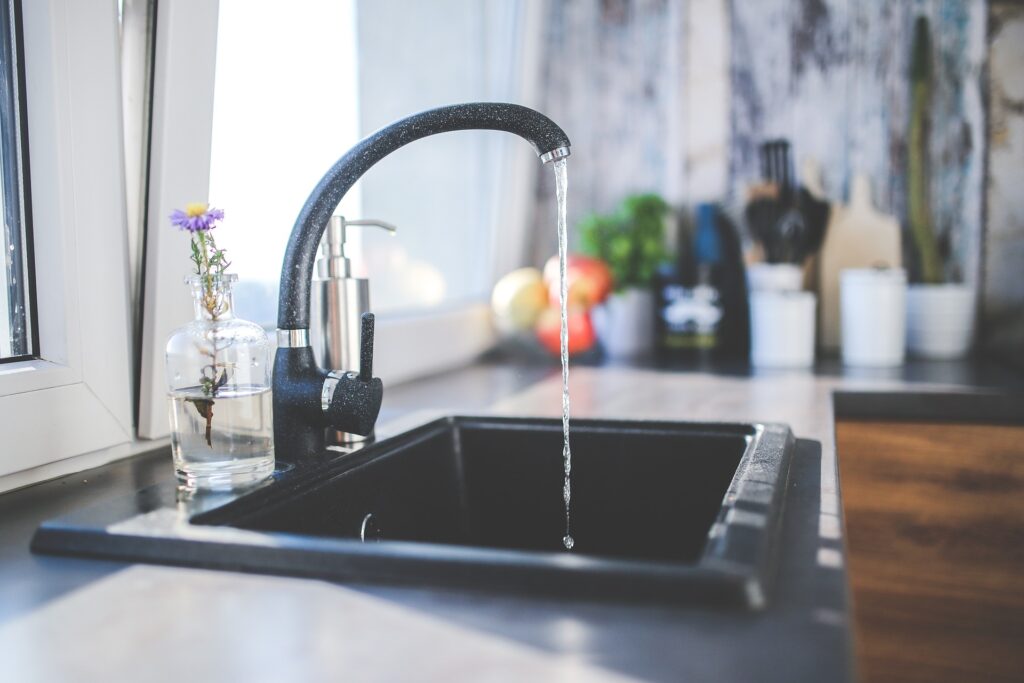Are you looking for ways to save water at home? If so, you’re in luck. There are many simple things you can do to reduce your water usage, and in turn, lower your monthly utility bills. Here are five easy tips to get you started.
1. Flush More Efficiently
As the world becomes increasingly industrialized and population levels continue to rise, the demand for water is also increasing. In response, many municipalities are imposing water restrictions in an effort to conserve this precious resource.
One of the simplest ways to save water is to flush more efficiently. A typical toilet uses about 4 gallons of water per flush, but low-flush toilets use only 1.6 gallons. By switching to a low-flush toilet, the average family can save thousands of gallons of water each year.
In addition, there are many other ways to save water when flushing. For example, placing a brick or other weight in the tank can reduce the amount of water used per flush. Alternatively, installing a dual-flush valve allows users to choose between a half-flush and a full-flush, depending on the amount of waste that needs to be flushed.
Whatever method you choose, making your flushes more efficient is a great way to conserve water.
2. Take Shorter Showers
It’s no secret that water is a precious resource. In fact, water is so important that the United Nations has designated March 22nd as World Water Day. One of the best ways to conserves water is to take shorter showers.
According to the U.S. Environmental Protection Agency, the average shower uses about 2.5 gallons of water per minute. So, if you cut your shower time in half, you can save huge amounts of water.
Not only will shorter showers save water, but they’ll also save you money on your water bill. So next time you hop in the shower, make a pledge to take a shorter shower and do your part to conserve this vital resource!
3. Install Flow Restrictors
Most people are familiar with the old saying, “a stitch in time saves nine.” This adage can also be applied to water conservation.
By installing flow restrictors on household faucets and showerheads, you can save a significant amount of water over time. Flow restrictors are devices that limit the flow of water from a faucet or showerhead, without affecting the pressure.
As a result, they are an easy and efficient way to reduce water waste. In fact, according to the Environmental Protection Agency, flow restrictors can save the average family more than 3,000 gallons of water per year.
In addition to saving water, flow restrictors can also help to lower your monthly water bill. So if you’re looking for an easy way to save water and money, flow restrictors are an excellent option.
4. Turn Off the Water While Shaving or Brushing
One of the simplest ways to save water is to turn it off while brushing your teeth or shaving. According to the U.S. Environmental Protection Agency, the average person uses 2.5 gallons of water per minute while brushing their teeth.
That means that, over the course of a year, one person can use more than 4,000 gallons of water just from brushing their teeth! If everyone in your household turned off the water while brushing their teeth, you could save thousands of gallons of water each year.
In addition to saving water, turning off the faucet while you brush your teeth can also save you money on your water bill. So next time you reach for your toothbrush, make sure to turn off the tap!
5. Only Use the Dishwasher or Washing Machine When Fully Loaded
If you’re like most people, you probably only run your dishwasher or washing machine when it’s full. After all, why waste water on a half-empty load? However, did you know that this is actually a great way to save water?
Dishwashers and washing machines use less water when they’re full, so by waiting until you have a full load, you’re actually using less water overall. Additionally, running a full load is more efficient and can help save money on your utility bills.
So next time you’re tempted to run a quick cycle with just a few dishes or articles of clothing, remember that it’s better to wait until the machine is full. Your wallet and the environment will thank you.

